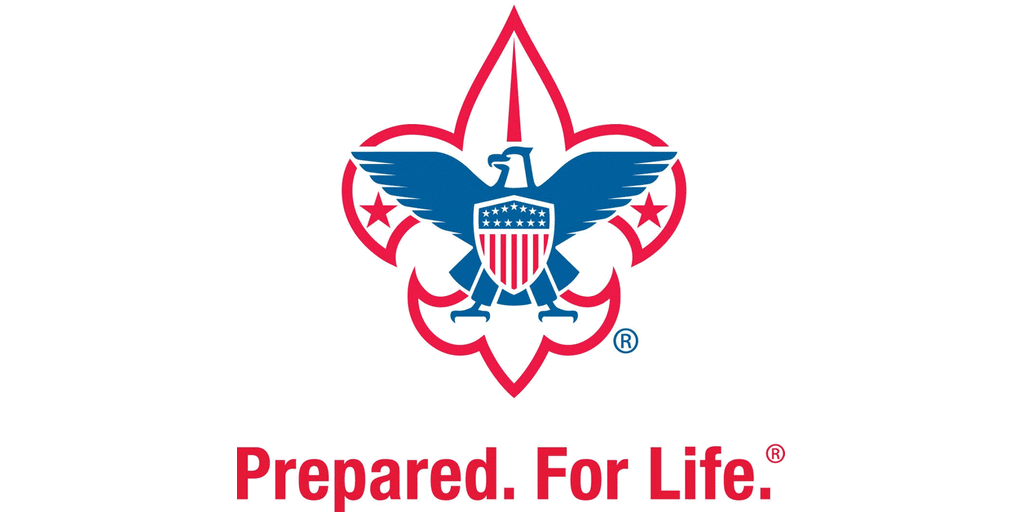

Offer incentives to each Scout who brings in a friend, as well as an overall prize for the top recruiter. Peer to Peer RecruitmentĬonsider having a recruitment campaign within the pack and troop. BeAScoutī provides a 24/7 resource for interested parents to find local Scouting programs and apply online. To enroll prospective Lions, Tigers, Cub Scouts, Boy Scouts and their families into existing packs and troops, and to enlist parent participation in the program. In addition, to school presentations, can be given at community centers, churches, and directly to other youth organizations. The school talk recruiting presentation is a three to five minute talk to potential members who are interested in joining the Scouting program usually held during the day. Conduct inventories twice a year in October and April. Unit leaders and Unit Commissioners working in collaboration with local units to guarantee all youth who are participating, that applications have been processed. They are time-tested and proven! Membership Inventories If you haven’t yet used these tactics, give them a try.

But readers may find themselves haunted by the question of whether a global company will in the future choose a long-term solution that requires time and substantial investments over a risky, short-term fix that pleases Wall Street.To many staff and volunteers, the following tactics are second-nature.
#BENEFITS BUDGET WORKBOOK BOY SCOUTS OF AMERICA SOFTWARE#
On the one hand, the Max, with fixes to its software and new requirements for pilot training, is back in the air the FAA has also apparently tightened its regulatory approach. What’s more, it demonstrates that the problems leading to the Boeing crashes may not yet be solved.

And yet even with these shortcomings, Robison’s book is a page-turner. At the same time, the dizzying complexity of Boeing (with more than 140,000 employees) and of a commercial jetliner (with about 600,000 parts) means it’s sometimes difficult to keep track of characters and their work details. I worry this may leave readers who lack an engineering or aerospace background more confused rather than less. While Robison does an able job of illuminating the implications of the 737’s flaws, his technical explanations of the MCAS software and the plane’s operational system - a small part of his narrative, but a crucial one - are opaque. A case in point: The year of the Lion Air crash, Dennis Muilenburg, Boeing’s chief executive and chairman, took home $31 million in pay and performance bonuses.

But all were focused on reducing costs, circumventing workers’ unions and reaping the rewards that came with boosting revenue. A succession of new executives who had been schooled at the knee of Jack Welch at General Electric took charge. Parts for new planes, such as the 787, were outsourced to smaller (and cheaper) suppliers, sometimes resulting in disastrous delays. Corporate directives soon championed cost-cutting and shareholder value above all else. He makes a persuasive case that the McDonnell Douglas insurgency, likened by one observer to “assassins” who overtook Boeing’s “Boy Scouts,” essentially changed the course of Boeing. Robison points to Boeing’s merger with McDonnell Douglas, in 1997, as a moment when the Seattle manufacturer, organized more around engineering excellence than quarterly financial gains, was transformed by a group of executives with an unrelenting focus on the bottom line. As young airlines grew up in Africa and Asia to serve new customers on local routes, they turned to the cheap and unadorned 737 as a sensible choice.Īll the while another force was pushing Boeing in a dangerous direction: Its corporate culture had become increasingly mercenary. Even as Boeing upgraded the 737 design in subsequent years with more seats and bigger engines (and a fix for a faulty rudder design), the aircraft’s simplicity, in its cabin as well as its cockpit controls, remained a signature feature. And so the plane that one executive likened to an old pickup truck - ugly and unsophisticated, but also reliable - in time became an institution. Southwest, in fact, made the 737 the only model in a huge, fungible fleet that allowed any of its crew to fly any of its aircraft. “The need to keep expenses down,” Robison explains, “forced compromises, decisions that would one day hamstring Boeing’s attempts to shoehorn in more sophisticated technology.” But for decades those cheap 737s proved popular, especially for carriers like Southwest Airlines, which wanted affordable aircraft for budget fliers. Designed in haste in the mid-1960s as a workhorse for shorter routes, the plane was built for airline customers who sought value and simplicity. At the start, there was nothing obviously wrong with the 737.


 0 kommentar(er)
0 kommentar(er)
